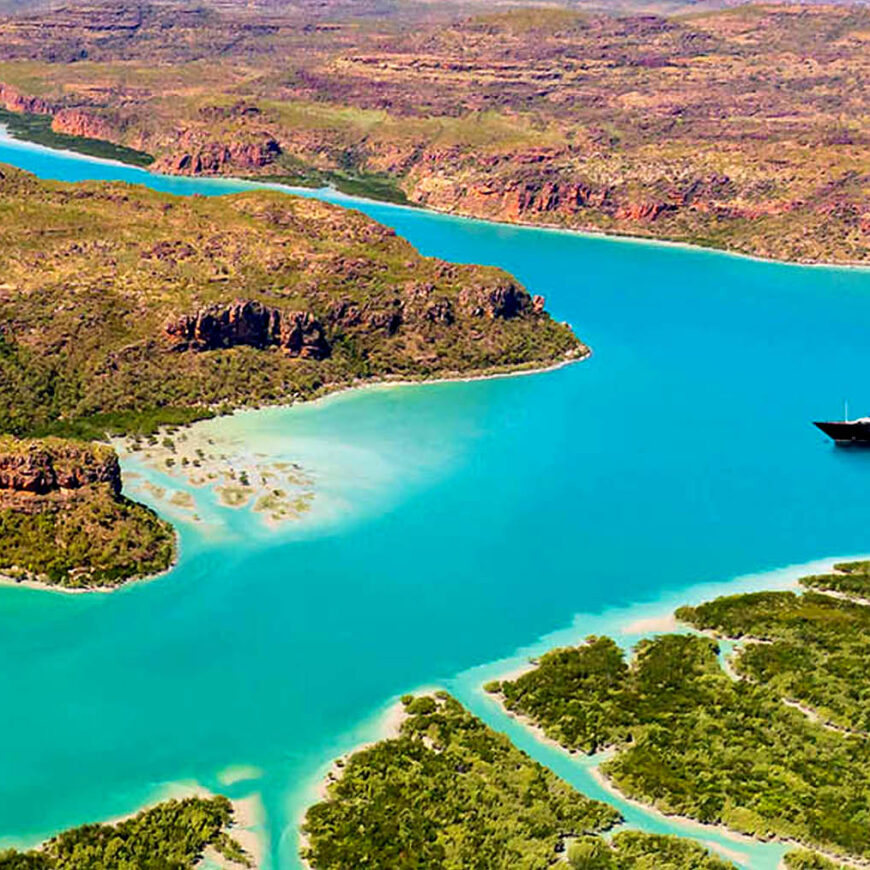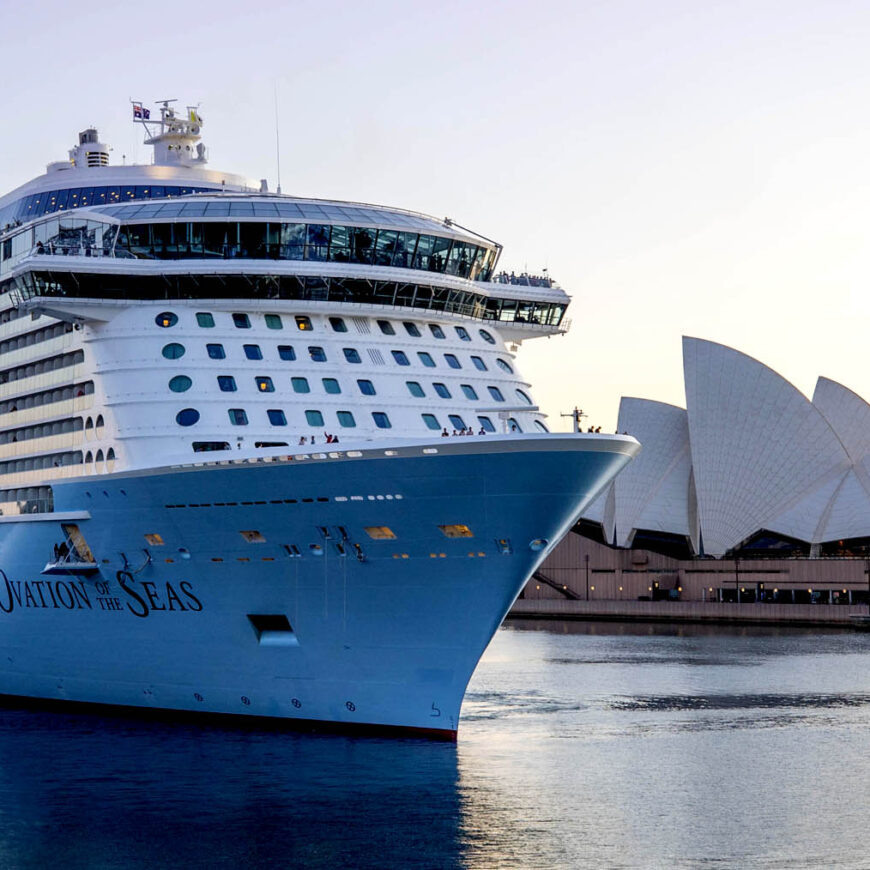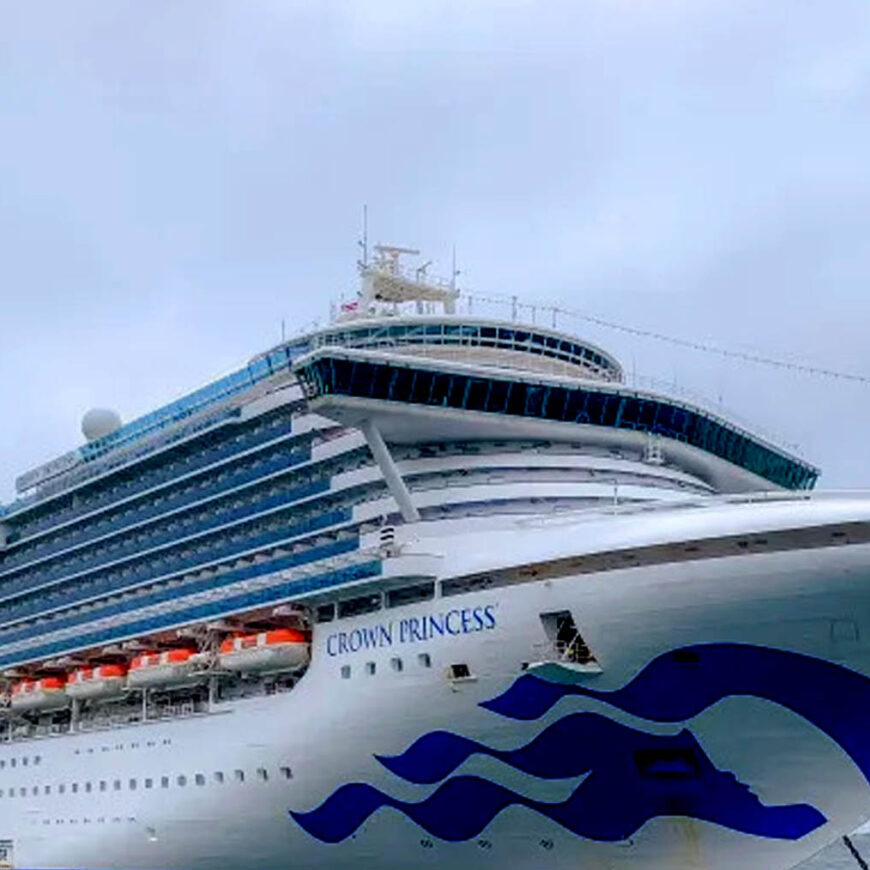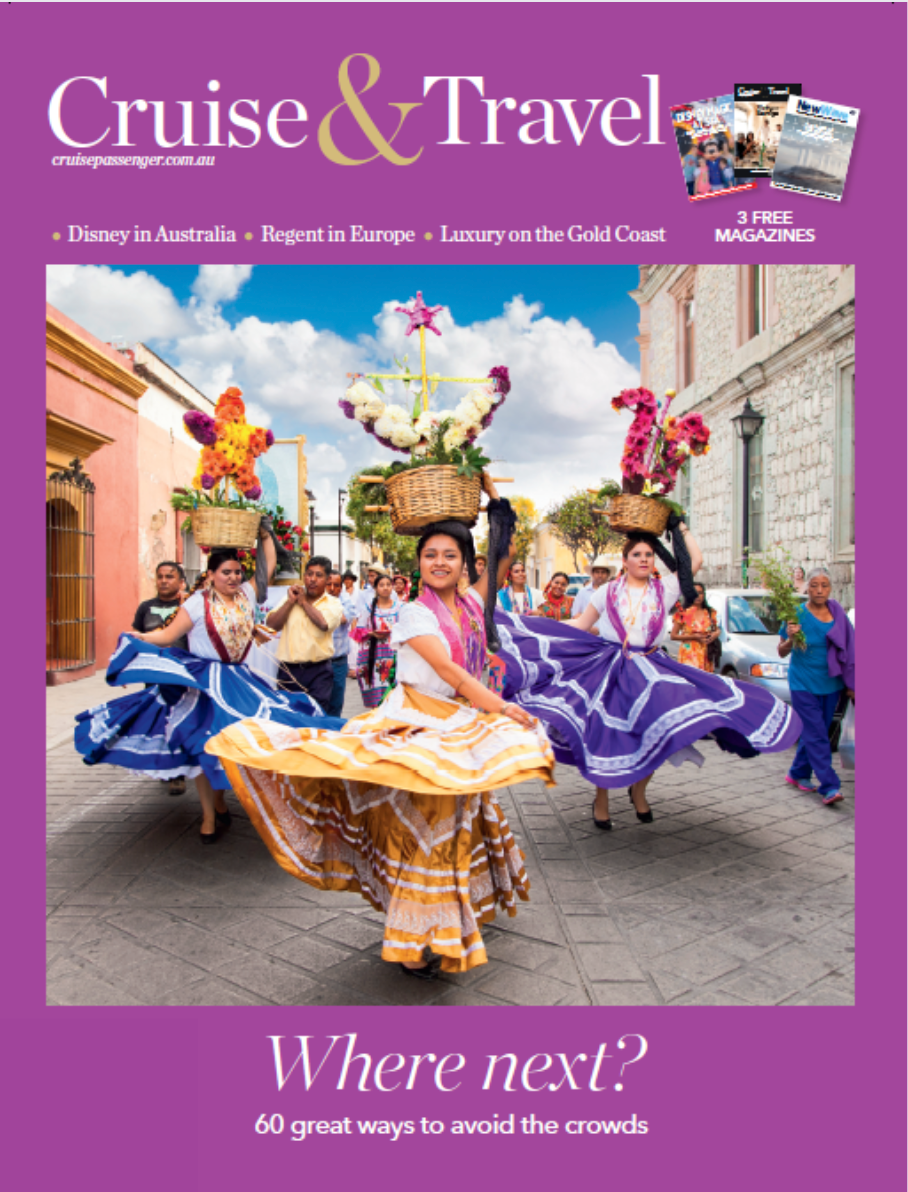Eight ways to snap up a wave season cruise deal
Tips & AdviceWave Season is upon us – a great time for Australian cruisers to use the arrival of our huge fleet to bag a bargain.
Here are our top tips on booking the best cruise deal this wave season.
1. Last minute
If you are flexible with dates and prepared to take a gamble, then waiting until the last minute can save you a packet since cruise lines offer the biggest discounts in the three months to sailing window. When the cruise lines use a book-to-fill policy then they want to fill 100% of cabins for each voyage and maximise their profit. Since they want to sell out the ship, they offer markdowns on any remaining available cabins.

The downside?
This option can mean a limited choice of cabin category or location as well as shipboard reservations and popular shore excursions.
2. Be the early bird
If you know which ship, cabin type and location, when you want to sail and the itinerary, then you’re ahead of the crowd! This can be a good way to get a good deal by booking as soon as the itinerary is announced – which can be as early as 18-24 months ahead of departure.
Be prepared for the cabin price to perhaps remain the same, but significant discounts with add-on incentives like discounted airfares, drinks packages, onboard credits and tips, spa or dinner packages and entertainment bookings. These can all add up to a significant saving.
Earlybirds can sometimes be offered the chance to bid for stateroom upgrades. The following programs like Celebrity Cruises MoveUp, Norwegian Upgrade Advantage, Azamara Upgrade and Royal Caribbean RoyalUp all offer numerous rewards for earlybirds.
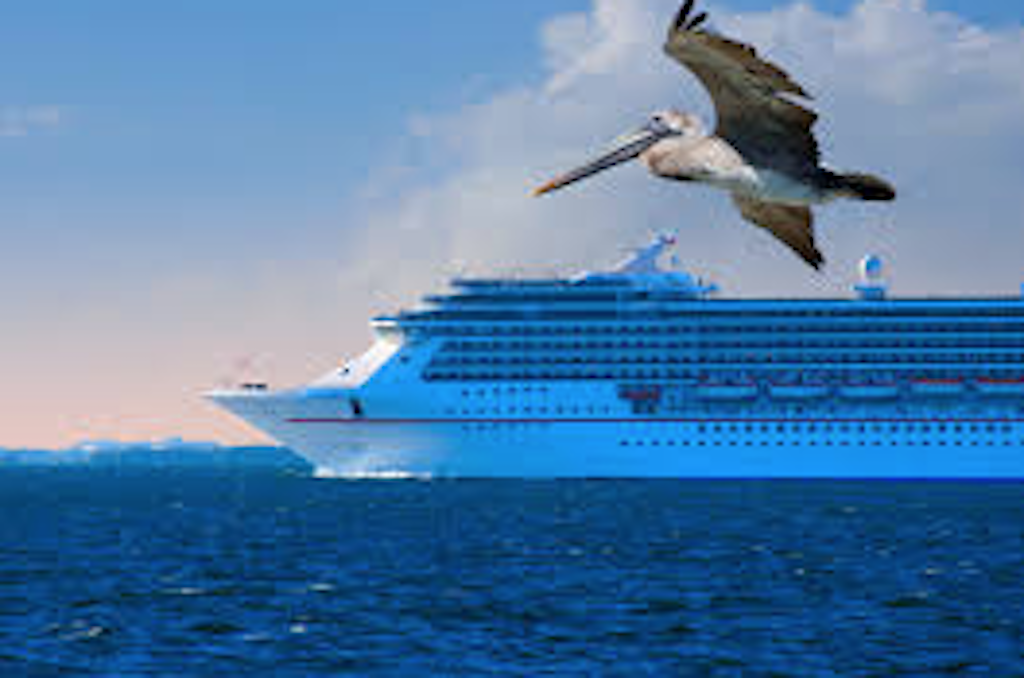
The downside?
A lot can happen in life between booking and departing so, be sure to have your cancellation policy fully sorted before booking.
3. Consider repositioning
What’s repositioning? It’s the magical way in which ships move countries or continents in order to maximise their service year round. And it’s a wonderful way to save a fortune while still enjoying the best of these in demand ships.
Depending on how far you’re prepared to fly in order to get a discounted cruise deal, ships often sail from the Mediterranean and Alaska to calmer waters between October and May, around the Caribbean or South East Asia such as Singapore, Thailand and Vietnam.
The downside?
There can be numerous days at sea with large ocean crossings, sometimes rough waters and airline tickets that need to remain open-ended also, since origin and destination are not the same in both directions.
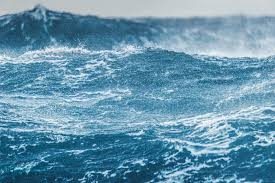
4. Shoulder season
If you aren’t held prisoner by school holiday dates then shoulder seasons are an ideal time to bag a bargain. Family oriented cruise lines are usually more like to have extra cabins to fill at discounted prices and the upside is that you’ll enjoy a more peaceful vacation without kids bombarding the ship. Savings can be as much as 75 per cent off regular fares plus value-added amenities.
Travel consultant Derrick Braithwaite from Cruise1st says “This is a great chance for reduced prices with less crowding, especially in Europe when the summer crowds can make visiting some of the ports a trial.”
The downside?
The weather forecast can play havoc with the itinerary – sometimes too cold in Alaska, or T-shirt weather for viewing glaciers.
5. Cyclone season
Many cruise passengers swear by travelling in the risky cyclone (or hurricane season for May to October in the Caribbean) season – traditionally between December and March in Australia’s north. These cruises can often be discounted because of the majority of passengers who avoid these unpredictable seasons.
The good thing about cruise ships at these times is that they can change course and avoid storms with plenty of advance warning, so the worst case scenario is you may see different ports than originally planned.
The downside?
Your travel insurance may be a tad pricier during this time.
6. Trust your travel agent
Travel agents in the know often have access to industry deals not found on cruise line websites or traditional travel sites. Plus, when you have an agent who understands your needs and budget then they can help match you to the right cruise also. Travel agents can give you a heads up when they see a price drop before the usual websites announce it. Some cruise lines actually rely on travel agents to let their customers know first about specific deals.
Lynden James from Cruise1st also says “Make sure you sign up to the specialist agencies email newsletters, it’s where you’ll find their best deals which you often won’t be able to get direct from the cruise lines or from regular travel agents.”
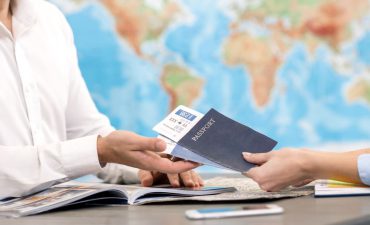
The downside?
Travel agents can often be swamped by multiple passengers all wanting deals, so you may be wise to keep an eye on the websites yourself at the same time.
7. Cruise loyalty
Cruise lines are desperate for repeat passengers and loyal customers. So, they usually offer great savings when you sign up as a loyalty member, such a small discount, or a cheaper drinks package, airfare or shore excursion bundles, or even by subtracting the add-ons you plan not to use.
Credit card points and miles can sometimes be used towards Wave Season bookings if you take the time to investigate.
The downside?

Just because it’s good value doesn’t mean it’s a great deal… and may not be the best holiday for you. No matter how much you’ve saved, you may be better off saving a while longer for something that is really rewarding down the track.
8. Join price alert emails
Some websites offer specific email alerts when you sign up for cruise deals, price drops, itineraries, destinations and information on specific sailings during Wave Season.
The downside?
Loads of these sites rely on cookies to operate, so unless you turn off your search tracking preferences, you may be bombarded by unwanted emails and spam in future.




